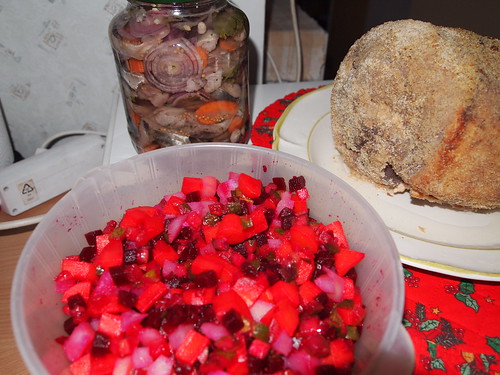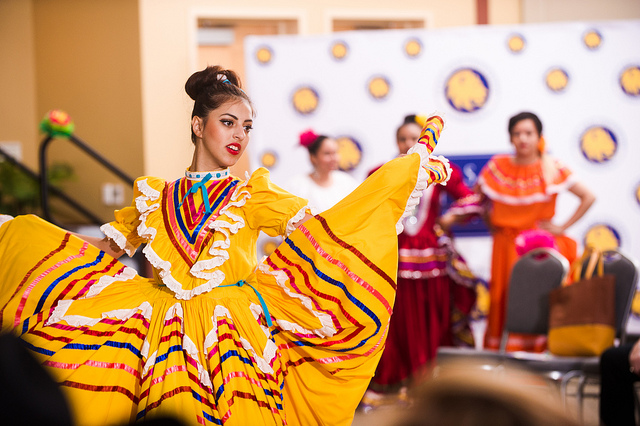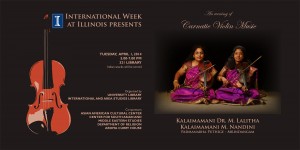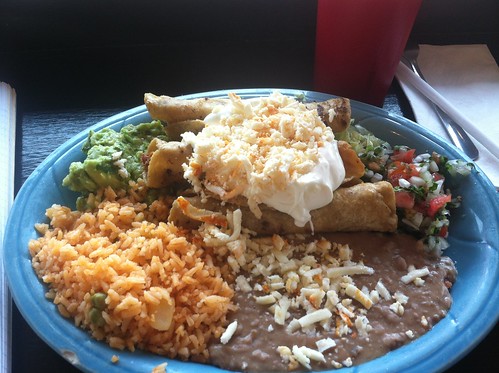The leaves have fallen, the weather is changing, and we are all counting down the days not only until fall break, but to the holidays in December. We are lucky to be at such a diverse institution, with people from all walks of life, speaking different languages, and sharing different cultures. With the holidays coming, although everyone has different traditions, we all share the universal language of food. The look that we get when we see a table of our favorite treats during the holidays is most likely the same in all cultures. My favorite treats around the holidays tend to be tamales, stuffing, and tostadas. What foods do other cultures cook or bake around the holidays? Lucky for you, you can sit back and drool over all the great dishes I am about to show.
First, we have tamales (my all time favorite). According to the Encyclopedia Britannica, tamales are part of Mexican cuisine. They are a small and steamed piece of dough with a filling of meat, salsa and/or cheese. My favorites are the ones with chicken and “mole.” My mother and grandmother make these for Christmas Eve. Although we have not all been together for the holidays for the past couple of years, it’s still a fond memory.

Tamales. Photo courtesy of lucianvenutian via Flickr Commons
Greek Dolmades are a delicious hot dish to eat around the table on the holidays. This dish consists of young leaves from the grapevine, that are stuffed with lemon-flavored rice, onion, and ground lamb. Complimenting these is avgolémono; sauce of egg yolks and lemon juice. Does this sound like something you might want to cook during the holidays? Be sure to checkout this great book we have available at the library, “Cooking the Greek Way: Revised and expanded to include new low-fat and vegetarian recipes”

Greek Dolmades. Photo courtesy of Geoff Peters via Flickr Commons
Get ready for a French dessert to top off your great holiday meal. Bûche de Noël is a Yule Log cake with coffee buttercream and ganache. This is a traditional cake that is served in France and also Quebec. It’s basically a sponge cake filled with cream. We all need a little French in our lives, so how about checking out some French cookbooks.

Bûche de Noël. Photo courtesy of Caitlin Childs via Flickr Commons.
Let’s travel all the way to Sweden and have a little herring and beet salad. The holidays are a time when we eat everything in front of us. It’s always good to have something healthy. The herring and beet salad consists of beets, berries, peppercorns, apples, and other yummy treats. For something healthy to go with all the holiday food, be sure to check out the great salad recipe books available at the library.

Herring and Beet salad. Photo courtesy of Miia Ranta via Flickr Commons
We all have great holiday traditions and recipes. For new food, be sure to check out some titles that will be sure to brighten your holidays. We’re going to need all the recipes to get us through Thanksgiving, Hanukkah, Kwanzaa, and Christmas. Maybe Paula Deen has some recipes with a Southern twist. If you would like to browse on your own, be sure to go to the UIUC catalog and check out all the great holiday cookbooks we have. What’s your favorite holiday recipe? Share it with us in the comments below!
Sources:
“tamale.” Encyclopaedia Britannica. Encyclopaedia Britannica Online Academic Edition. Encyclopædia Britannica Inc., 2014. Web. 05 Nov. 2014.
“dolma.” Encyclopaedia Britannica. Encyclopaedia Britannica Online Academic Edition. Encyclopædia Britannica Inc., 2014. Web. 07 Nov. 2014.






